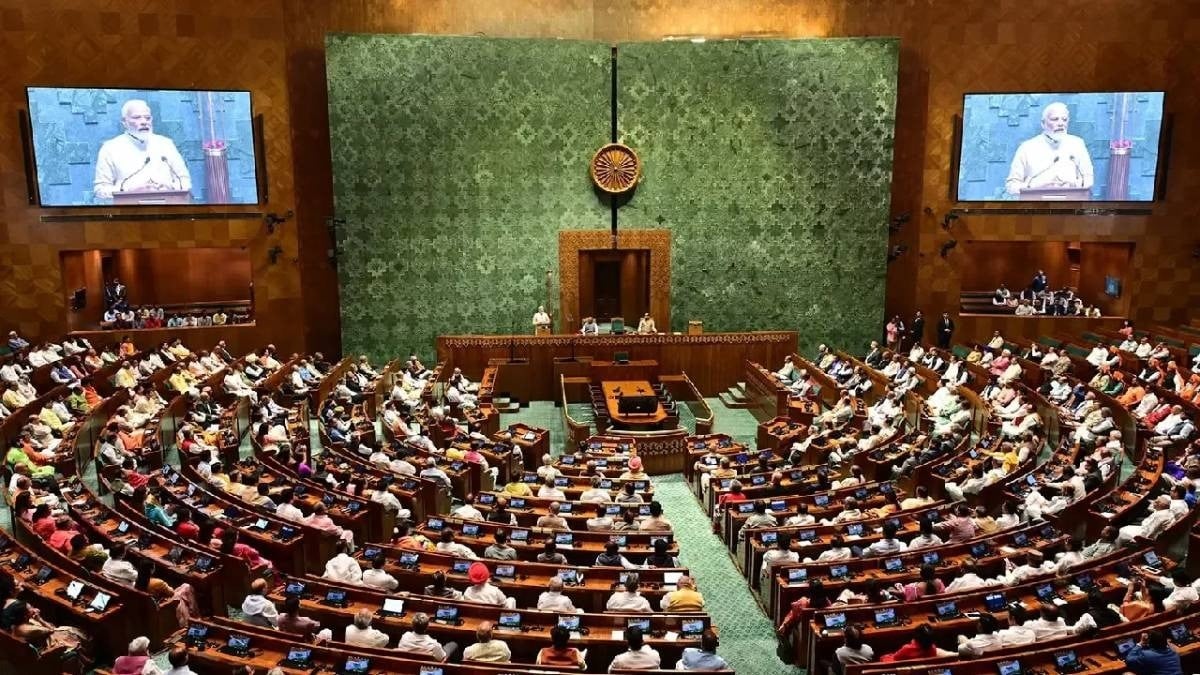In the current dynamics of military strategy, air defense systems have emerged as essential assets for protecting national airspace from a variety of aerial threats, including stealth aircraft, hypersonic missiles, drone swarms, and ballistic missiles. With geopolitical tensions rising and rapid technological advancements underway, nations are investing significantly in advanced air defense technologies to establish a solid deterrent and ensure comprehensive protection. The following analysis delves into the top air defense systems projected to shape the global battlefield in 2025, highlighting renowned platforms such as Russia’s S-400 Triumph, the U.S.’s THAAD, Israel’s Iron Dome, and innovative collaborations like Barak-8 and Aster 30 SAMP/T.
These advanced systems, including the S-300VM, MIM-104 Patriot, and David’s Sling, exemplify a fusion of long-range interception capabilities, sophisticated radar technology, and multi-layered defense strategies aimed at neutralizing diverse threats. The emerging focus on international partnerships, exemplified by initiatives like MEADS and Barak-8, underscores the growing significance of collaborative innovation in addressing complex security challenges. With exceptional features such as 360-degree coverage, hypersonic interceptors, and AI-enhanced targeting systems, these air defense solutions represent the pinnacle of military engineering and are key to shaping the future of global air protection.
The importance of strong air defense systems has escalated due to the rapidly evolving nature of aerial threats. Nations around the globe are prioritizing investments in superior technology to defend against potential aggressors. Effective air defense systems are critical not just for neutralizing incoming missiles and enemy airplanes, but also for maintaining national security and fostering international stability.
As we explore the landscape of air defense systems poised to dominate by 2025, it is crucial to understand their core functions and strategic implications. High-profile systems like Russia’s S-400 Triumph, the U.S.-based THAAD, the battle-tested Iron Dome of Israel, and Europe’s Aster 30 SAMP/T exemplify the capabilities required in contemporary air defense scenarios.
Additionally, the Barak-8, developed in collaboration by India and Israel, and the MEADS project among the U.S., Germany, and Italy highlight a growing trend towards international partnership in evolving air defense technology. This guide presents a review of these sophisticated systems, including insights into their functionalities, ranges, and strategic significance.
S-400 Triumph (Russia)
The S-400 Triumph, a mobile surface-to-air missile system developed by Russia’s Almaz-Antey and known to NATO as the SA-21 Growler, signifies a leap in long-range air defense technology. Operational since 2007, it is designed to engage a broad spectrum of aerial threats, including aircraft, UAVs, and ballistic missiles. The S-400’s range can reach up to 400 kilometers for aerodynamic targets and 60 kilometers for ballistic targets, utilizing advanced radar systems for real-time tracking and engagement of multiple targets.
Despite its formidable capabilities, the S-400 has demonstrated vulnerabilities in actual conflict scenarios, emphasizing the need for continued evolution in defense strategies.
David’s Sling (Israel)
David’s Sling, developed by Rafael Advanced Defense Systems and Raytheon, serves as an air defense solution tailored for intercepting various threats, including drones and short-range ballistic missiles. Operational since 2017, this system employs the Stunner missile, equipped with advanced guidance technology to differentiate between real threats and decoys. The system has successfully proven its mettle in several real-world scenarios, offering Israel a dependable shield against evolving missile threats.
THAAD (USA)
The Terminal High Altitude Area Defense (THAAD) system is fundamental to the U.S. approach to mitigating missile threats. With a strong record of engagements and a high level of mobility, THAAD employs a hit-to-kill methodology to intercept missiles in their terminal phase. Its robust architecture includes advanced radar systems capable of tracking targets over extensive ranges and the ability to collaborate with other defense systems, strengthening multilayered defense approaches.
Patriot MIM-104 (USA)
The Patriot missile defense system, initially designed to counter aircraft but evolved to meet various aerial threats, has been a mainstay in U.S. air defense. Its modular and highly mobile design ensures rapid deployment, while continuous upgrades have enhanced its capabilities against sophisticated threats.
Aster 30 SAMP/T (Europe)
Developed through a collaboration between France and Italy, the Aster 30 SAMP/T system exhibits versatility in addressing diverse threats from tactical ballistic missiles to advanced aircraft. Incorporating innovative missile technology and a robust radar system, the SAMP/T offers exemplary operational effectiveness in various combat scenarios.
HQ-9 (China)
The HQ-9 missile system represents China’s strategic commitment to air defense, capable of engaging diverse aerial threats with commendable range and mobility. Its comprehensive radar suite allows for multi-target tracking, ensuring high operational effectiveness in various defense scenarios.
Iron Dome (Israel)
The Iron Dome system stands out as an extremely effective solution for intercepting short-range threats. Since its operational debut in 2011, it has secured impressive interception rates during conflicts, contributing significantly to civilian safety and infrastructural protection.
Barak-8 (Israel/India)
The Barak-8 surface-to-air missile system, a collaborative effort between India and Israel, is renowned for its multi-role capabilities. Its deployment flexibility enhances the operational readiness against a wide array of aerial threats, making it a valuable asset for both nations.
MEADS (USA/Germany/Italy)
The Medium Extended Air Defense System (MEADS) reflects modern collaborative efforts to enhance air defense technology among NATO allies. Designed for flexibility and mobility, MEADS provides comprehensive 360-degree protection, demonstrating the evolving nature of defense systems in response to emerging threats.
S-300VM (Russia)
The S-300VM system underscores Russia’s advanced technological capabilities in air defense. Designed for comprehensive engagement of various aerial threats, it showcases a combination of impressive mobility and automation features, aimed at achieving high interception efficacy.
The continual evolution and deployment of these advanced air defense systems not only serve as deterrents to potential aggressors, but also play critical roles in maintaining international peace and stability in an increasingly complex aerial landscape. The collaborative developments and innovations signify the international community’s united approach to countering global security challenges through advanced defense technologies. As the field of air defense continues to evolve in response to emerging threats, further research, development, and international cooperation will remain essential in safeguarding peace and security on a global scale.










